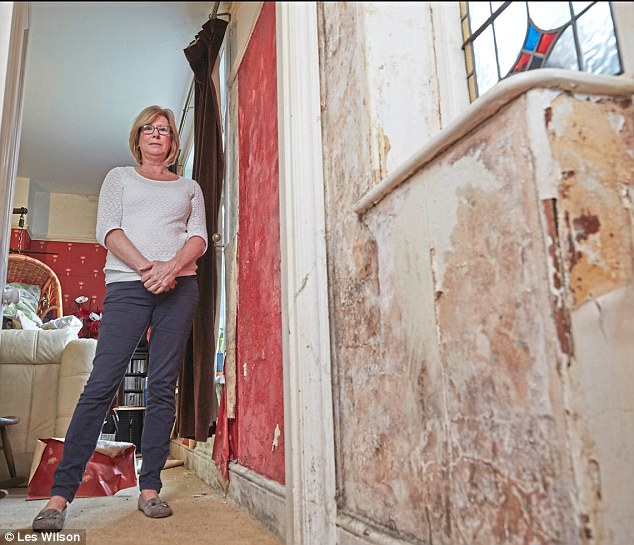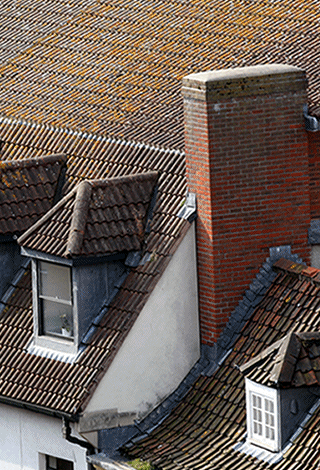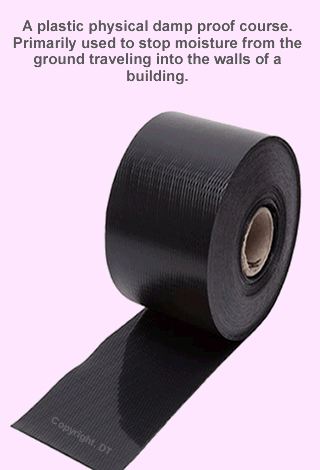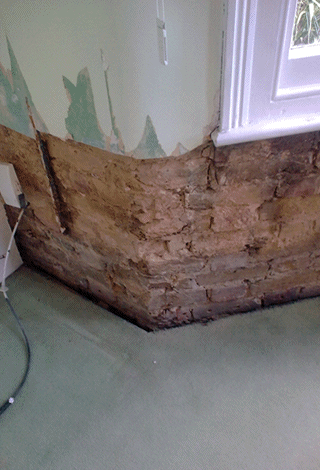Is it Definitely Rising Damp?
Rising damp differentiates from other damp related issues due to a number of key characteristics. Look for the following signs to confirm your problem is rising damp:
- Tide mark staining, usually yellow or brown hints coming up from the skirting boards.
- White salty deposits will be left on your wall’s plasterwork
- Black spots of mould may be beginning to form in some areas
- Boards and flooring may start to show signs of rot
If you’re having damp problems that don’t match up to these traits it is likely coming from the roof/loft. If damp patches appear over 1.2m up and are not evenly spaced, you will need to investigate elsewhere.


What Are The Causes Of Rising Damp?
It’s imperative you locate the root cause(s) and handle it effectively, otherwise it will have been a waste of time when dampness returns in the future. Work your way through this list to identify your cause of rising damp:


- Locate your wall’s damp proof course (DPC). You should be able locate this layer in the wall from the outside of your property. It should run along your walls horizontally, approximately 6” from ground level. It forms a vital physical barrier and prevents water from rising through your wall. Your house may not have one, if so this is the primary cause.
- Check for bridging. Anything that comes into contact with the wall at a higher level than the DPC can form a bridge. This allows water to bypass the DPC and eventually infiltrate the house. Check ground level is not above the DPC and consider external structures such as stairs.
- Check Your Neighbour’s home. If your house is attached in any way they may have caused bridging that’s affecting your home. Check their DPC is present, above ground level and not higher than yours or bypassed by external structures.
- Consider Internal Bridging. It’s possible for bridges to occur within a wall cavity. It is often caused by trapped debris from the initial construction. If significant enough to allow moisture to wick through and bypass the DPC you have a problem.
If you’re feeling overwhelmed or simply need expert advice, get into contact with Rochester Building and Damp today. A damp survey is free of charge and it can provide you with invaluable guidance on how to proceed.


Why Rising Damp Should Not Be Neglected
It’s easy to simply clean up the signs of damp with a wipe and a lick of paint. Yet masking a damp problem will not stop the spread.
Moisture will continue to travel through brick, plaster and wood, damaging the materials in the process. If neglected the problem will worse and end up costing you far more in the long run. Lastly damp leads to the growth of harmful moulds than can damage our lungs.
If you believe you have a damp problem and are unsure on how severe it is you, please get in touch and we can advise you on how best to proceed.




